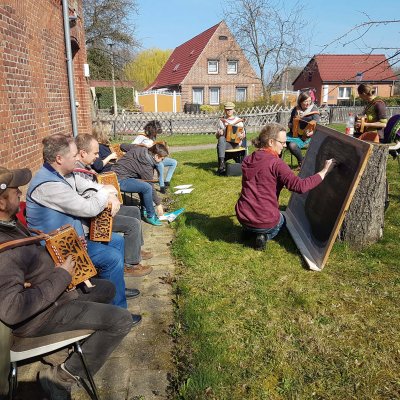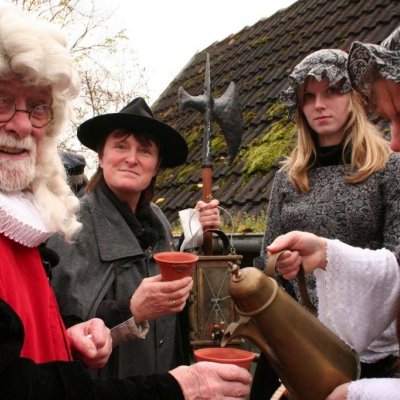Register of Good Safeguarding Practices
Revitalisation of Synagogal Choral Music of the 19th and 20th Centuries in Central and Eastern Europe
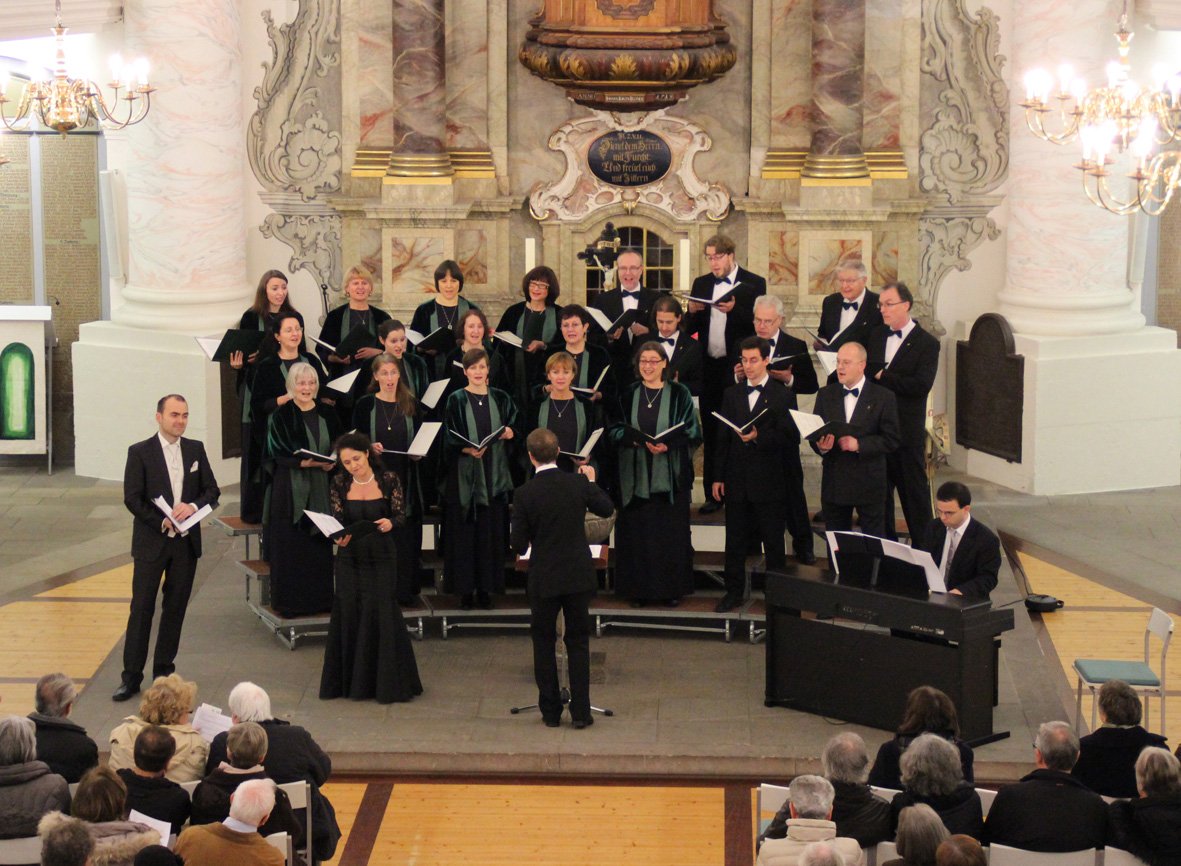
The synagogal choral music originated at the beginning of the 19th century. It disappeared during the National Socialist period due to the Holocaust and the destruction of many synagogues. Today, the musical tradition is being revived by a number of choirs that rehearse and develop the composers' repertoire and perform it in concerts or festivals.
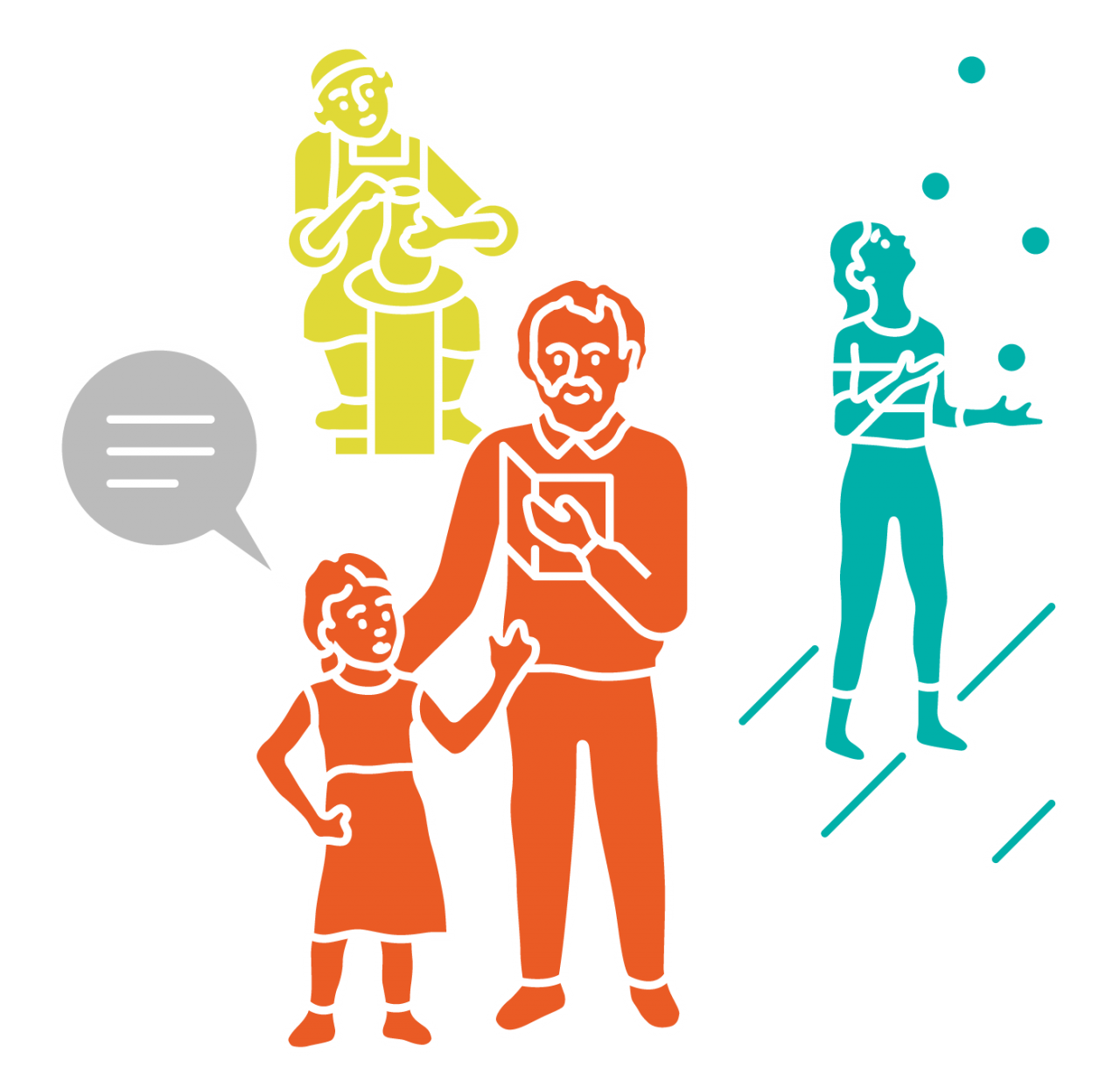
Facts & Figures
Crucial date: Throughout the year
Inscription: 2020
Domains: Good Safeguarding Practice
Where to find: Berlin, Dresden, Leipzig, Hannover, Weimar, Potsdam
Contact
Leipziger Synagogalchor
Reinhard Riedel
@email
www.synagogalchor-leipzig.de
From 1810 onwards, in many Jewish places of worship in Germany, organs were built according to the Christian model. Polyphonic choirs - male-voice and mixed choirs - became the main element of church singing, alongside and with the cantor (chasan). New liturgies were created, works were composed in the interaction of cantor, choir and organ, but also pure choral works were created.
Louis Lewandowski and Salomon Sulzer, who were active as choir conductors and cantors in reformed Jewish communities in Berlin and Vienna respectively, founded a musical tradition with their compositions that was oriented towards European Christian music without losing its Jewish roots. The liturgical texts that are set to music, are evidence of the locally used forms of Ashkenazi Hebrew. In addition, German texts also found their way into the service and music. These works were not only performed in church services, but also in public festivals and benefit concerts. The new medium of radio was also used to present synagogal music.
However, the synagogal choral music was almost completely destroyed when the National Socialists seized power, destroying the synagogues during the November pogroms in 1938 and systematically murdering the Jews as bearers of this culture. In Israel and the Diaspora, the old songs are still familiar to Holocaust survivors from their childhood and youth, but they hardly play a role in today's religious services. The Jewish communities in Germany lacked members after the Holocaust. Today it is mainly immigrants from the former Soviet Union who shape Jewish community life.
The liberal choir and organ music is not traditionally cultivated in the services of many Orthodox-influenced communities. Newly built synagogues rarely have an organ. Nevertheless, synagogal choral music can still be experienced today: Some special ensembles, including the Leipzig Synagogal Choir and the Synagogal Ensemble Berlin, have a long tradition of dedicating themselves to this music and bringing it to the attention of visitors in concerts or church services. Some choirs which are not exclusively concerned with synagogal music also include pieces in their concert programmes. Some composers continue the tradition of synagogal choir music and compose psalm settings in Hebrew.
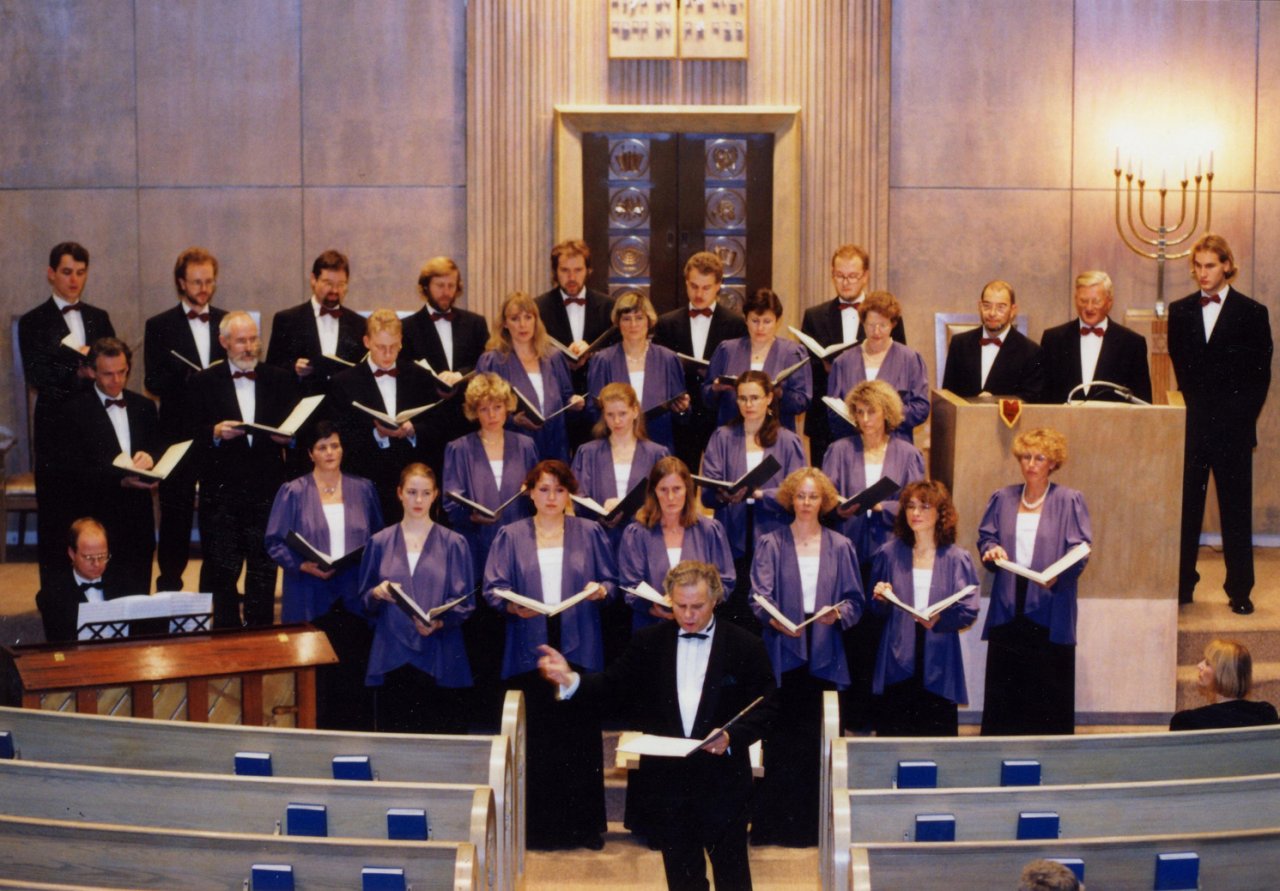
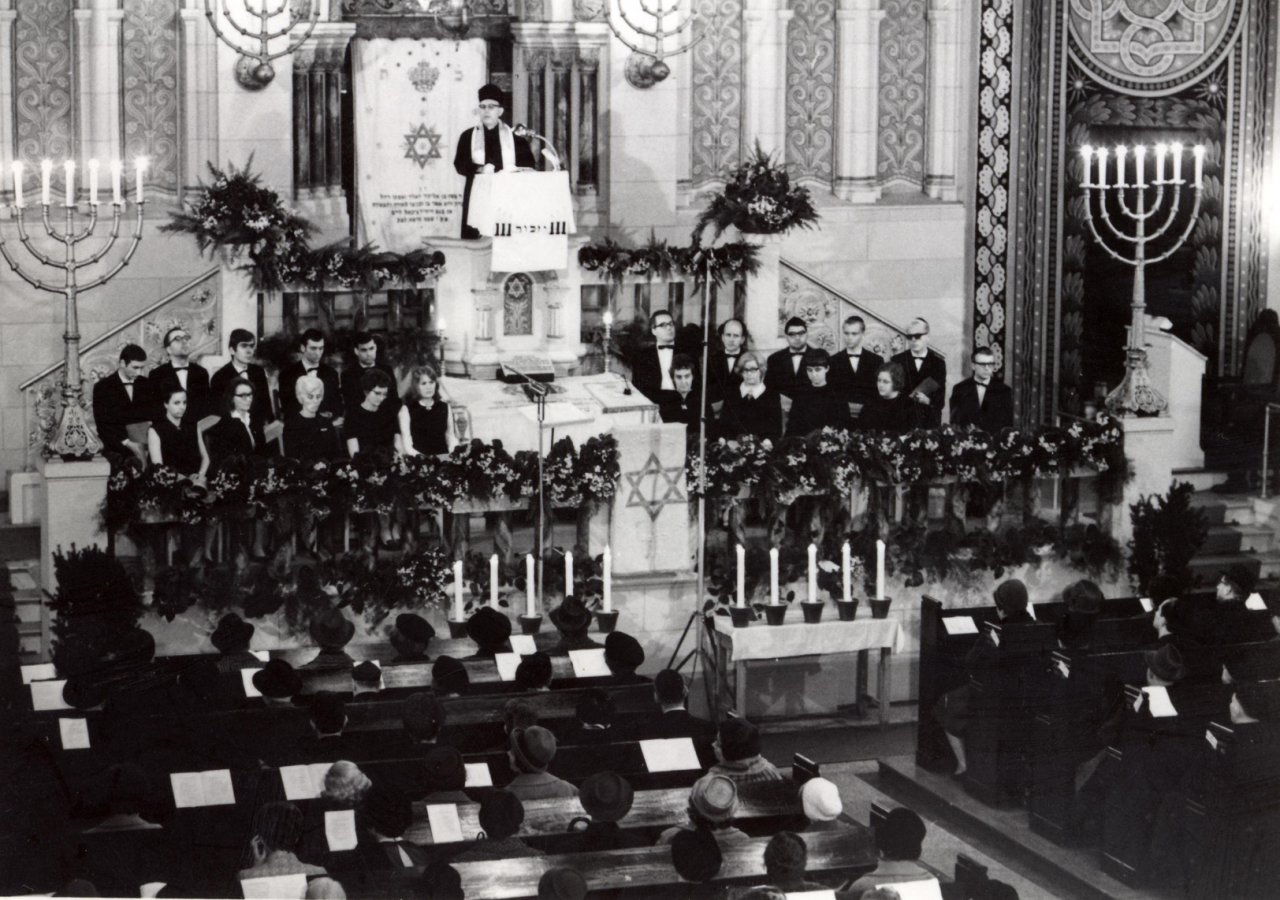
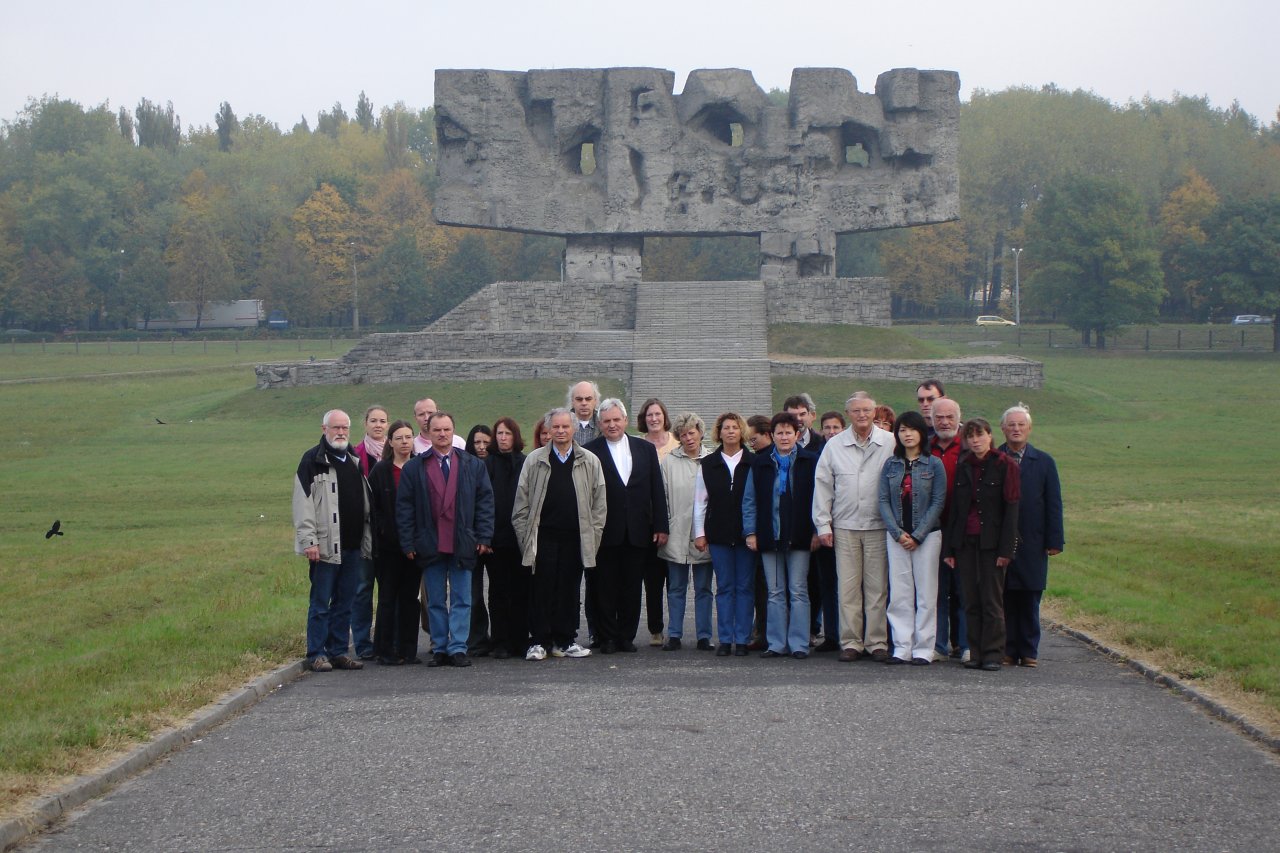
Non-Jews can also participate in a service in the Berlin synagogue on Pestalozzistraße and experience the music of Louis Lewandowski, if they observe a few rules and show the required respect. Concerts, festivals and events provide access for the interested public, as do CDs and recordings of choirs and cantors on the Internet. Historical sheet music editions are available in digital form and a few works have been newly published. The specialized concert choirs are open to all interested singers and are constantly looking for new talents. Open projects invite other choirs to participate actively and to discover some of the pieces.



